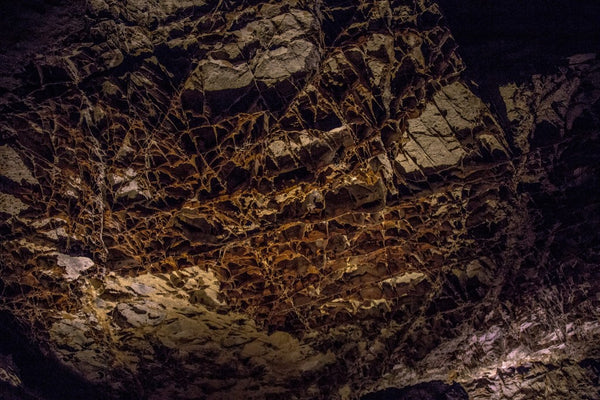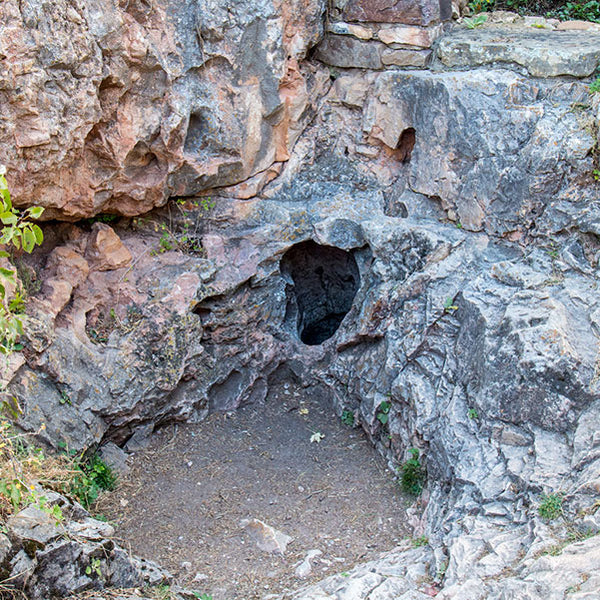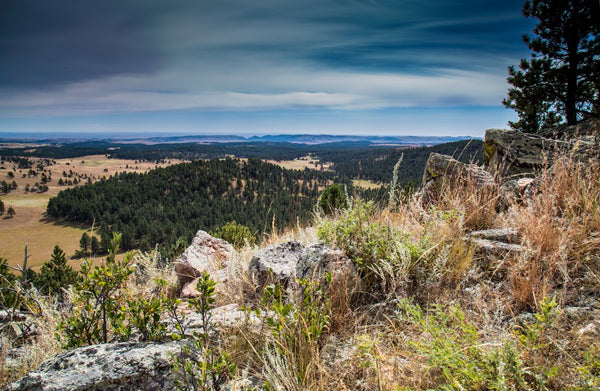Wind Cave National Park is one of the oldest parks in the National Park system, and was established on January 9th, 1903. It was the first park created to protect a cave anywhere in the world. My name is Rob Decker, and I'm a photographer and graphic artist...who has been exploring America's national parks for more than 50 years. So, whether this is your first visit, or you're coming back again, read on to find out everything you need to know about the park.
Wind Cave National Park, a hidden gem in the Black Hills of South Dakota, offers an extraordinary blend of subterranean wonder and surface beauty, making it a must-visit destination for travelers. Famous for its intricate calcite formation known as boxwork, Wind Cave boasts an astonishing 95% of the world's discovered boxwork formations, making it a unique geological marvel. This three-dimensional maze cave is not only recognized for its rare formations but also acclaimed as the world's densest cave system, with the most passage volume per cubic mile.
As you delve into the depths of Wind Cave, you embark on a journey through a labyrinth of narrow passageways and spacious chambers, each revealing its own secrets. The cave extends over 140 miles, with explorers continually discovering new passages – approximately four new miles each year. This ceaseless expansion makes Wind Cave the sixth-longest cave in the world, offering an ever-evolving adventure for spelunkers and casual visitors alike. The cave's environment is a cool, constant temperature, providing a comfortable exploration experience year-round.

The Lakota, Cheyenne, and other Native American tribes had known about the opening to Wind Cave and the winds that move in and out of it for centuries. The indigenous people who lived in the Black Hills region of South Dakota, spoke of a hole that blew air, a place they consider sacred as the site where they first emerged from the underworld.

Typically, air continually moves into or out of a cave, equalizing the atmospheric pressure of the cave and the outside air. When the air pressure is higher outside the cave than in it, air flows into the cave, raising cave's pressure to match the outside pressure. When the air pressure inside the cave is higher than outside it, air flows out of it, lowering the air pressure within the cave. Wind Cave, with only a few small openings "breathes" more obviously than a small cave with many large openings. Rapid weather changes, accompanied by rapid barometric changes, are a feature of Western South Dakota weather.
But the allure of Wind Cave National Park extends far beyond its subterranean wonders. Above ground, the park is an expanse of rolling hills and pine forests, intertwined with the largest remaining natural mixed-grass prairie in the United States. This diverse landscape is a haven for wildlife, offering visitors the chance to spot bison, elk, pronghorns, and other native species in their natural habitat. The park's surface trails provide an array of hiking opportunities, from leisurely walks to more strenuous treks, each offering a unique perspective of the park's above-ground beauty.

Wind Cave National Park protects a diverse ecosystem with eastern and western plant and animal species. Some of the more notable animals include elk, bison, black-footed ferrets, pronghorn and prairie dogs. The Wind Cave bison herd is one of only four free-roaming and genetically pure herds on public lands in North America. The other three herds are the Yellowstone Park bison herd, the Henry Mountains bison herd in Utah and on Elk Island in Alberta, Canada.
Click here to learn more about Wind Cave National Park.
Join the growing community of 80k+ National Park enthusiasts to receive special offers, free giveaways and once-in-a-lifetime deals!


